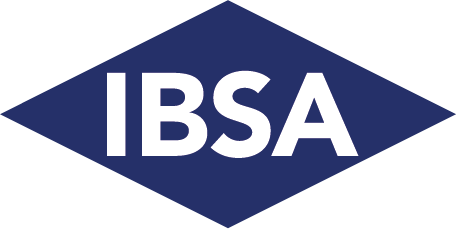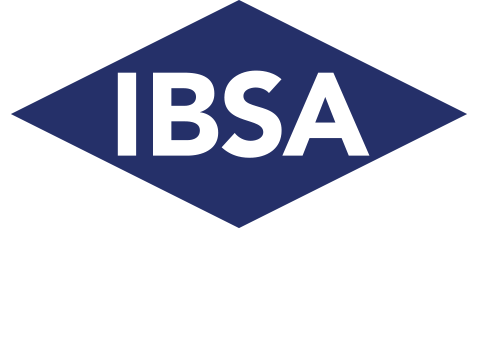CHALLENGES AND OPPORTUNITIES OF THE JAPANESE PHARMACEUTICAL MARKET
According to forecasts in 2025 the Japanese pharmaceutical market will grow by 4.59% (source: Statista Market Insight): a substantial growth that will continue at least for the next 5 years.
Japan is already the world’s second largest pharmaceutical market after the United States (source: Fitch Solutions, Japan Pharmaceuticals Report Q4 2024 & Pharmaceuticals – Japan) which was worth 87 billion dollars in 2023 and saw further growth in 2024.
It has some singular characteristics that make it particularly attractive especially for companies that know how to interpret such a vast, multichannel, complex yet extremely dynamic market.
Specific knowledge of the major trends in the sector in Japan, combined with an understanding of the society and choices made by Japanese institutions, is essential to invest and grow.
Here are the main trends that cannot be ignored when approaching the Japanese market:
The average age of the population continues to increase
Japan is consistently high in the rankings for rate of population aging, with life expectancy at birth of over 81 years old for men and a surprising 87 years old for women (source: Ministry of Health, Labour and Welfare of Japan, 2023) and forecasts show an incidence of around 35% of Over 65s by 2040 (source: Ministry of Internal Affairs and Communications, 2024).
It is a unique challenge for the pharmaceutical industry which must respond to an ever-increasing demand for solutions and products designed for an elderly target and the related diseases, often chronic, such as diabetes, hypertension and various forms of cancer.
Innovation, quality and simplicity of use at the top of Japanese preferences
Japanese people have innovation in their DNA and their attention to innovative, simple to use and high-quality products is very high. Combined with the trend linked to age, a combination of needs is created which requires pharmaceutical companies to have a high capacity to design and engineer increasingly sophisticated products that are increasingly easier to use.
It is possible to achieve this objective only with constant investments in research and development and with teams accustomed to finding innovative and pragmatically efficient solutions: a challenge as well as an opportunity for distinctiveness compared to more traditional solutions.
Generic and biologic drugs and attention to costs of the health system
As in all markets with a national health service, the Japanese government increasingly focuses on costs: this leads on the one hand to a constant growth in the use of generic drugs, which sees their market shares grow year after year, and on the other to the development of biologic drugs, a trend that institutions promote to strengthen competitiveness in Japanese industry and to develop increasingly more effective and specific drugs.
Valuing these and other global trends, IBSA will also be present this year at CPHI Japan from the 9 -11 April, a true point of reference in the sector and a privileged platform to present the high level of technology and innovation of its products but also to demonstrate how it can make its skills available to customers, distributors and partners in Japan and the entire pacific area.


